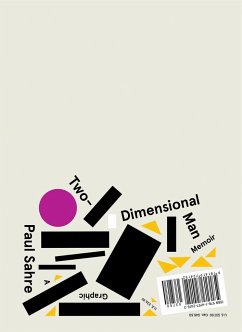
Utilization of Two and Three Dimensional Computer Aided Design:
Application in Pattern System Evaluation of Garment Fit
Versandkostenfrei!
Versandfertig in 6-10 Tagen
32,99 €
inkl. MwSt.

PAYBACK Punkte
16 °P sammeln!
In order to be prepared for the work force in the fashion industries, learners must have competency in computer use. One advantage to a computer literate designer is that more ideas can be expressed than in hand designing. A theoretical outline for evaluating garment fit based on the use of Computer Aid Design (CAD) pattern making systems has been presented. It provides a review of the state-of-the-art technologies that have been developed to automate the clothing design and pattern making. This includes the concept of body scanning and 3D CAD systems. This system enables the creation of patte...
In order to be prepared for the work force in the fashion industries, learners must have competency in computer use. One advantage to a computer literate designer is that more ideas can be expressed than in hand designing. A theoretical outline for evaluating garment fit based on the use of Computer Aid Design (CAD) pattern making systems has been presented. It provides a review of the state-of-the-art technologies that have been developed to automate the clothing design and pattern making. This includes the concept of body scanning and 3D CAD systems. This system enables the creation of patterns from 3D body data and offers a substitute to manual fitting process through its virtual fitting. This study was undertaken to evaluate garment fit using 2D and 3D CAD pattern systems. Both manual and virtual fitting were conducted and fit criteria established. Because there is no yardstick for evaluating fit, this study adopted three elements of fit; grain, ease and balance. Results fromthis study confirmed that there is a lot of potential to efficiently evaluate fit by using 2D and 3D CAD pattern systems with modifications.












